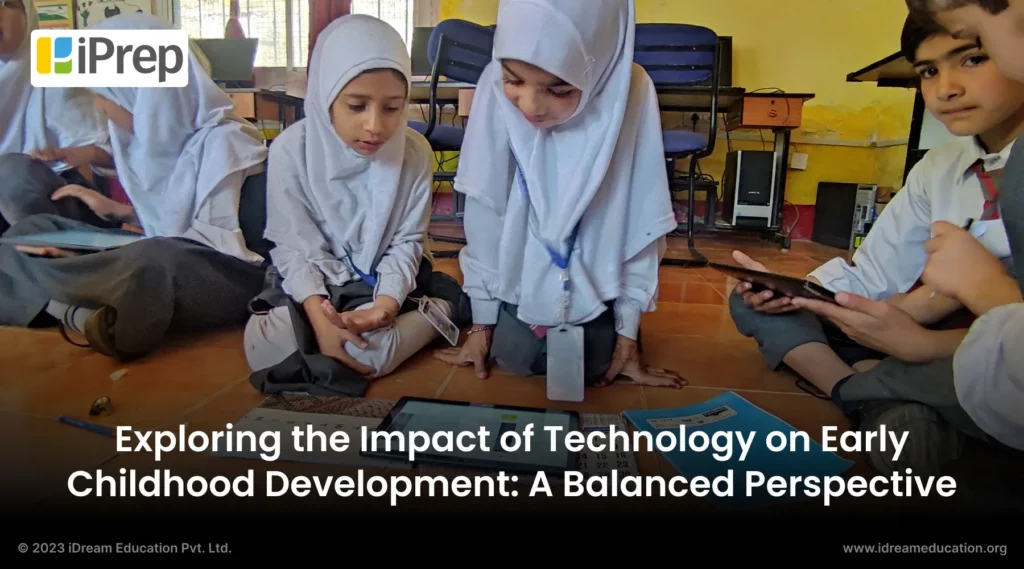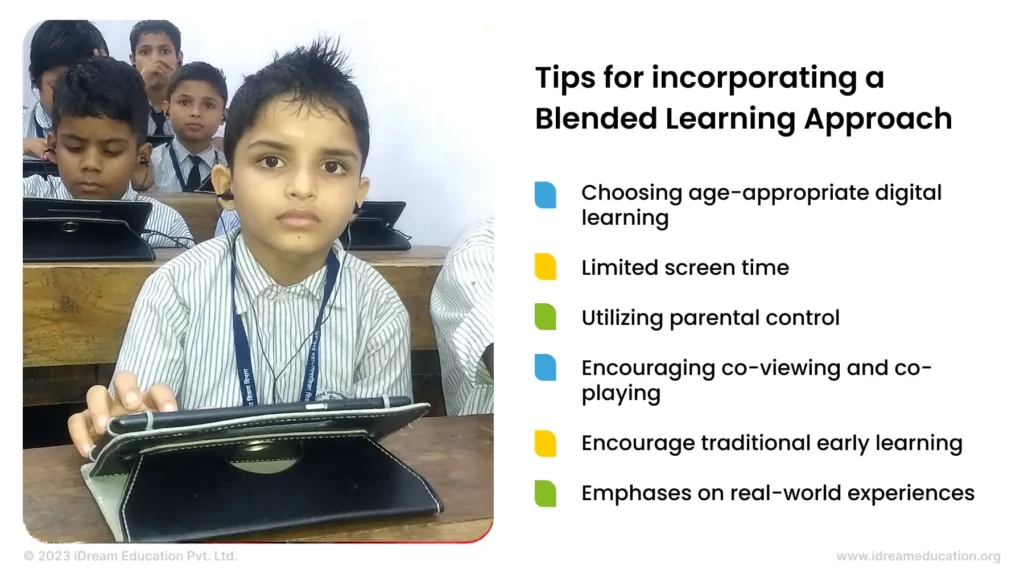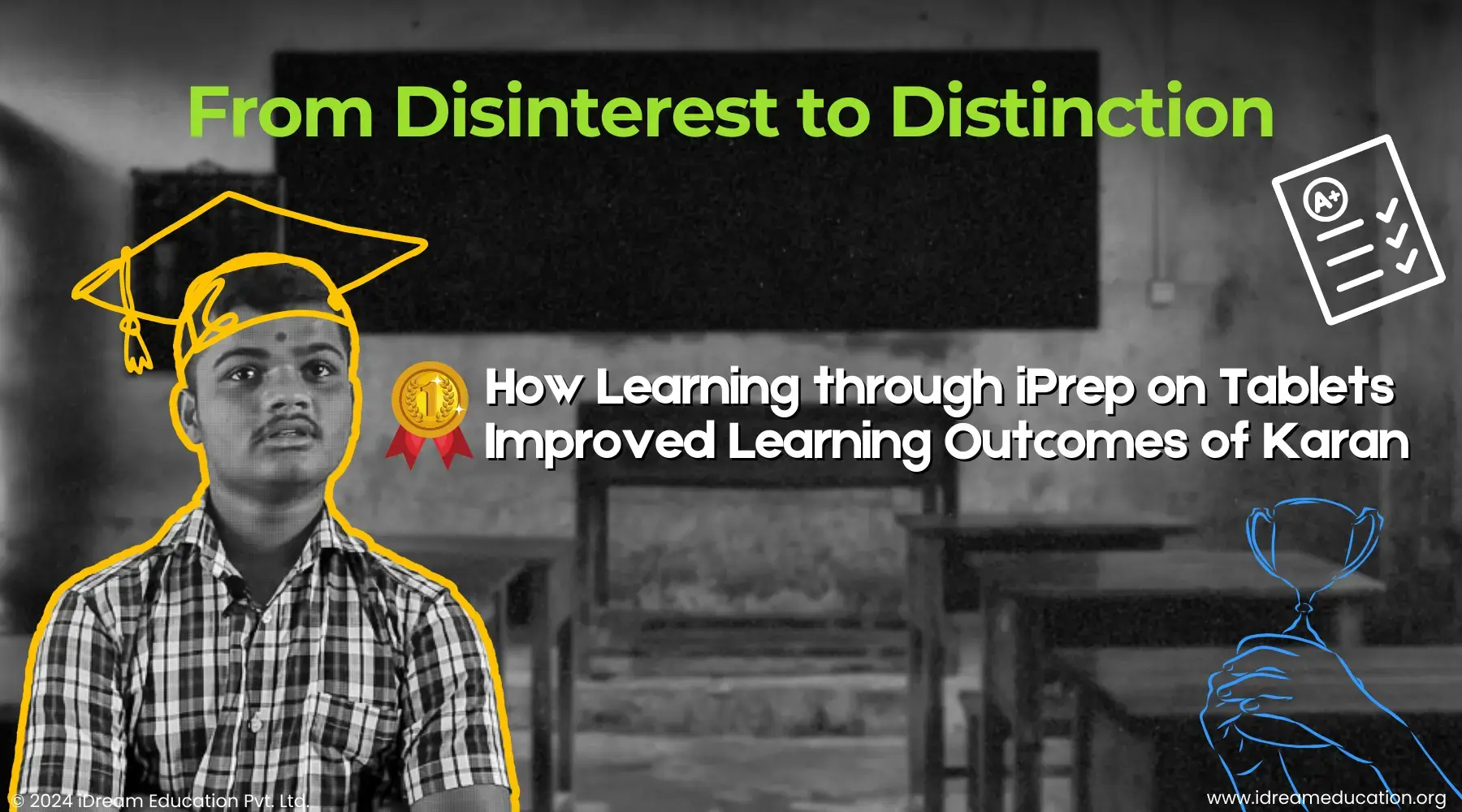Learn how Technology enables Early Childhood Development

Studies have shown that early years of experience can have remarkable effects on a child’s mind. In the journey of human development, the early years from birth to eight represent a time of immense significance, where the foundation for lifelong learning and behavior is laid. Numerous studies have underscored the importance of early childhood development and the profound impact early experiences have on a child’s developing mind, revealing that the environment in which a child grows up can shape the architecture of their brain.
Impact of Digital Gadgets Good or Bad in Early Childhood Development?
In today’s digital age, technology has become an integral part of our daily lives. From smartphones to tablets, children are growing up with next bitcoin halving date surrounded by screens and gadgets. It’s a fact that the new generation knows and understands technology far better than the older ones. Give a smartphone to a toddler and they will find a way to access some random animation within minutes. But what impact does this knowledge of technology have on early childhood development?
This question has sparked a heated debate among parents, educators, and experts alike. Some argue that technology can enhance children’s learning experiences and expose them to a world of knowledge at their fingertips. Others, however, express concerns about the potential negative effects on the social, cognitive, and physical development of these young minds.
We know that technology is only going to reach new levels with each passing day so ignoring it is not the answer. The answer however can be to strike a balance between e-learning and traditional learning methods such that young learners can shape their future with digital learning under parent/teacher guidance while ensuring their well-rounded healthy and growth.
Importance of Timeless Early Childhood Development Learning Methods
At the heart of early learning lies the joy of exploration and discovery. Young children thrive when they are engaged in real-world experiences, such as building blocks, drawing, and imaginative play. These activities foster creativity, critical thinking, and social skills, which are essential for their holistic development.
While e-learning methods can provide valuable learning experiences in early childhood development they should not replace active play such as running, jumping, and climbing, and real-world experiences, such as playing outdoors, exploring nature, and interacting with others. The former helps promote physical early childhood development, coordination, and motor skills in young children and the latter contributes to social, emotional, and cognitive development. Hence, Technology must be seen as a complement to these timeless early learning methods, rather than a substitute.
Introducing Complementary Digital Learning in Early Childhood Development
While hands-on experiences are paramount, the integration of digital material for learning in early learning, under the guidance of parents and teachers, could emerge as a promising avenue to enhance learning outcomes and prepare young minds for the future.
Digital learning platforms and educational apps like iPrep can provide interactive and dynamic learning experiences in early childhood development. These tools can be designed to be age-appropriate, offering engaging activities that promote critical thinking, problem-solving, and creativity. Interactive elements, such as touchscreens and animated content, can capture the attention of young learners and enhance their understanding of various concepts. Just like the example given below.
Animated Video Lesson by iPrep for Digital Learning
Using Animated content in early childhood development fosters learning and cognitive development in children by engaging them visually, simplifying complex concepts, and providing a multisensory learning experience. It creates an emotional connection with characters, promotes language development, and enhances problem-solving and critical-thinking skills.
The dynamic nature of animations improves attention and focus, while positive associations with learning encourage exploration and self-paced learning. By utilizing animated content thoughtfully, parents and educators can create an enriching learning environment that nurtures children’s early childhood development cognitive development and instills a lifelong passion for learning.
At the same time, personalized digital learning platforms like iPrep PAL that adapt to each child’s individual learning pace and style and provide data-driven insights can help identify a child’s strengths and areas that need improvement, tailoring the learning experience accordingly. This personalized approach ensures that children receive targeted support, enabling them to progress at their own pace while building their confidence and motivation to learn.
The digital realm also provides access to many learning resources, including e-books, educational videos, and interactive games. This diverse content exposes children to a range of subjects, cultures, and perspectives, broadening their horizons and nurturing a love for exploration and discovery. Through these resources, children can gain knowledge beyond the confines of traditional classroom materials and build a strong foundation in their early years.
Role of active participation from parents, teachers, and caregivers in early childhood
Parents, teachers, and caregivers play a vital role in the early childhood development phases of young children. The environment that they create around the developing mind of a child has a profound impact on their overall physical or emotional development.
Through their constant presence and interactions, parents, teachers, and caregivers lay the foundation for early childhood development emotional bonding, and attachment, which are vital for healthy social and emotional development. By actively engaging with their child, playing, reading, and conversing, parents provide essential stimulation that fuels cognitive growth and language acquisition.
On the other hand, teachers help create inclusive and stimulating learning environments that cater to the unique needs and interests of each child. They facilitate learning through age-appropriate activities and play, fostering creativity and curiosity.
The active involvement of parents, teachers, and caregivers in various stages of early childhood development is a collaborative effort that significantly impacts the child’s growth and future outcomes. With the integration of digital learning materials, this collaboration between parents and teachers becomes stronger.
Now, parents can actively participate in their child’s learning journey by exploring digital resources together and engaging in meaningful discussions. Creating a digital book library together that contains their favorite stories and comic books and encouraging a 15-minute reading session every day can help support a healthy learning environment that extends beyond the school setting.
Tips for Incorporating a Blended Learning Approach
‘Blended learning’ could be the key to achieving a balanced approach to learning in early childhood. By incorporating offline activities and online resources, parents, teachers, and caregivers can create a well-rounded curriculum with a holistic learning experience for children by combining traditional and digital methods to achieve new early childhood development milestones.
Here are some tips for parents and caregivers on how to integrate technology in early childhood development in a balanced manner

- Choosing educational apps or programs that are age-appropriate and align with your child’s interests and learning objectives will help them surpass their learning limits.
- Establishing time limits and a regular schedule for using e-learning methods will make sure they don’t skip out on other activities.
- Utilizing parental controls to restrict access to inappropriate content and maintain a secure online environment can help keep young minds safe from the bizarre online world.
- Parents and Teachers should participate in co-viewing and co-playing with their child to enhance the learning experience and encourage dialogue.
- Make sure that offline activities such as reading, outdoor play, and creative play don’t become a substitute for digital options.
- While technology can be a useful tool for the development of young children, it is essential to remember that it should never replace real-world experiences.
Conclusion:
To conclude, when it comes to education in early childhood development stages, digital learning tools should be seen as a useful addition to traditional ways of learning rather than replacing them. Early learning is based on hands-on experiences, stories, activities, and toys, and with the right guidance, technology can be used to improve the process but replacing the traditional learning approach is not the answer.
Adopting a balanced approach to learning through blended learning and encouraging parent-child reading sessions with digital access to an extensive library will help our young learners have a bright and well-rounded learning journey. By using technology in a responsible way, we can open up new possibilities and make learning fun and useful for the youngest minds.






